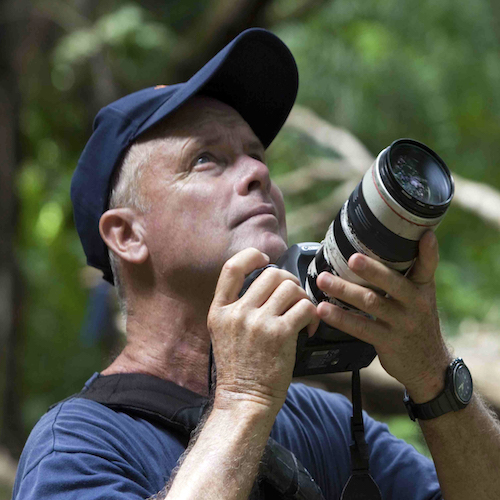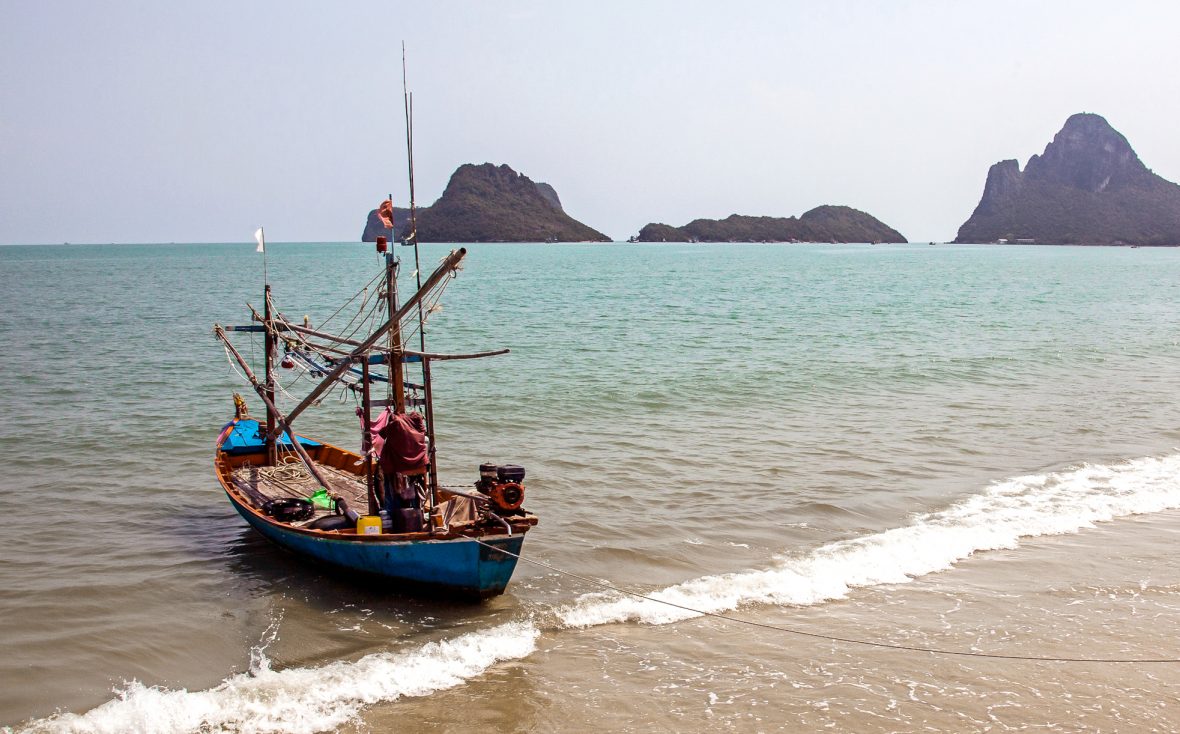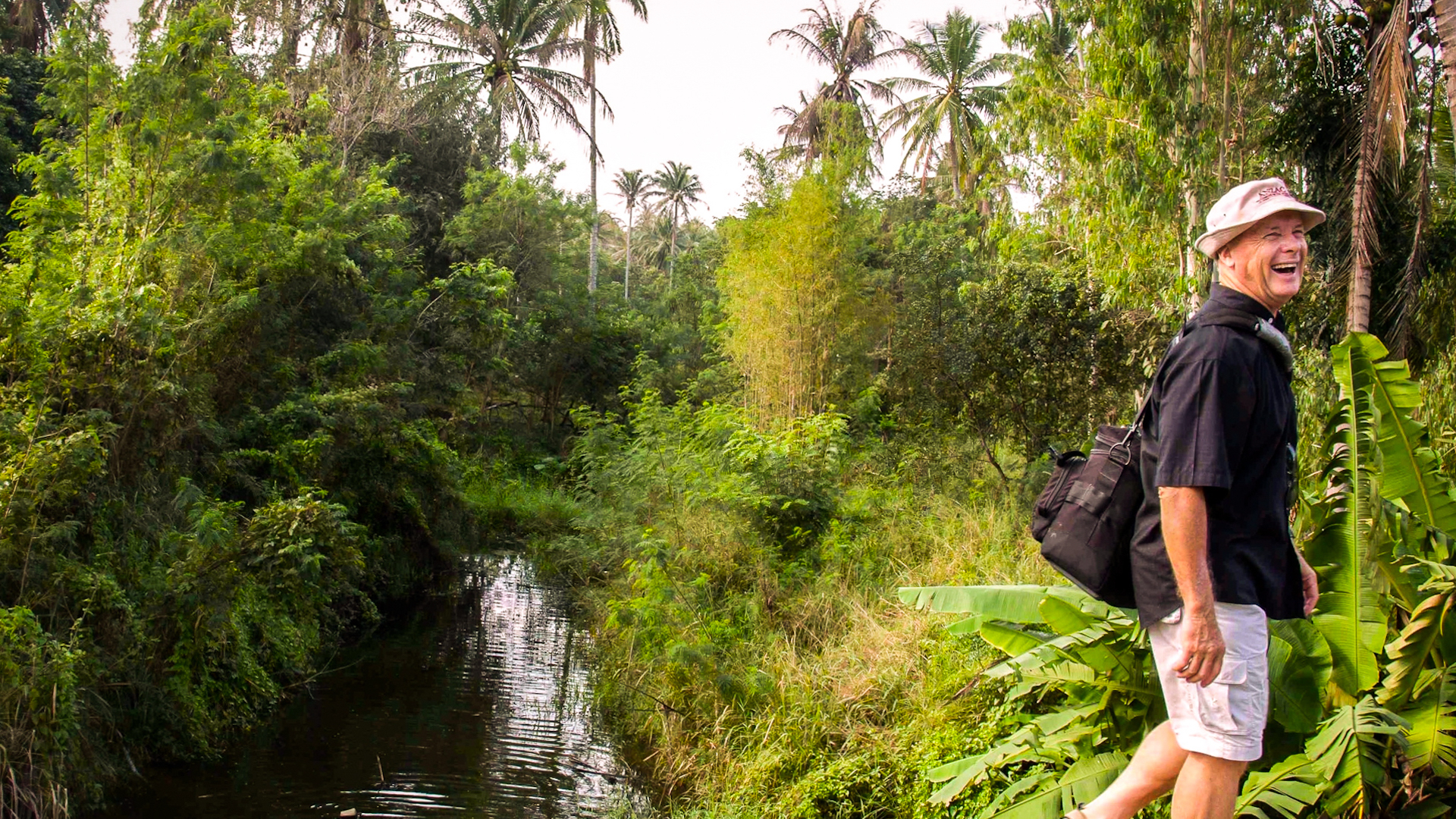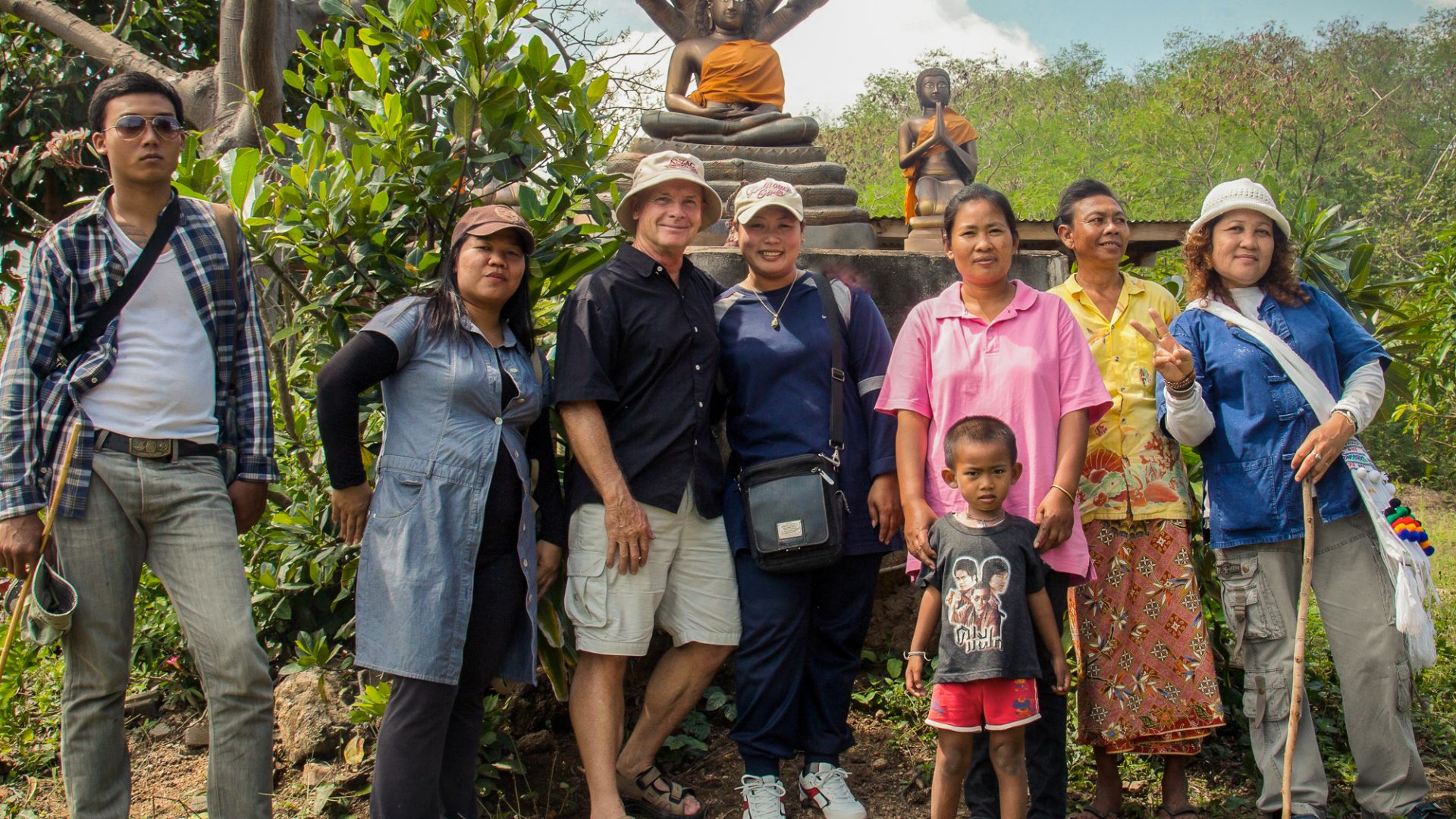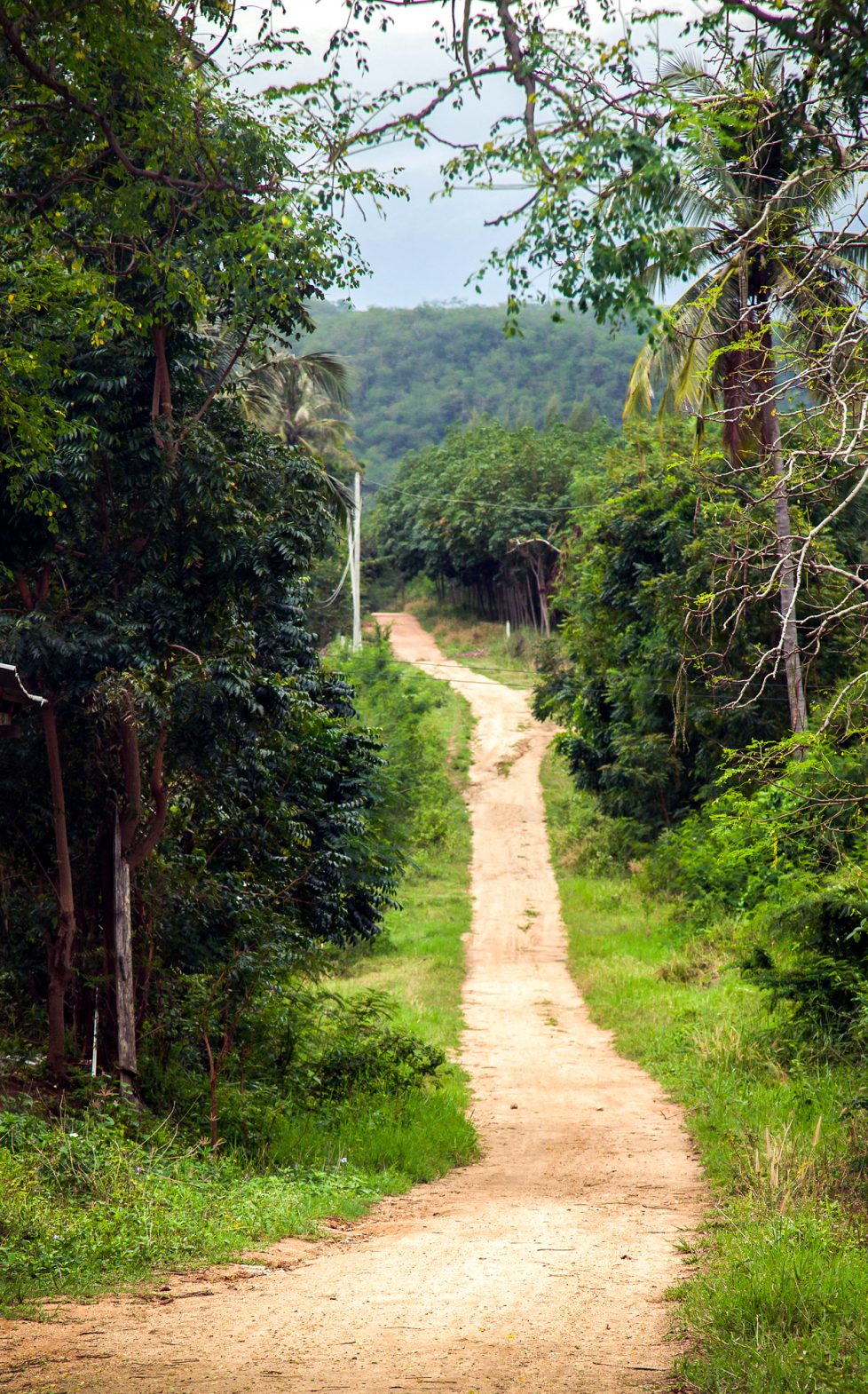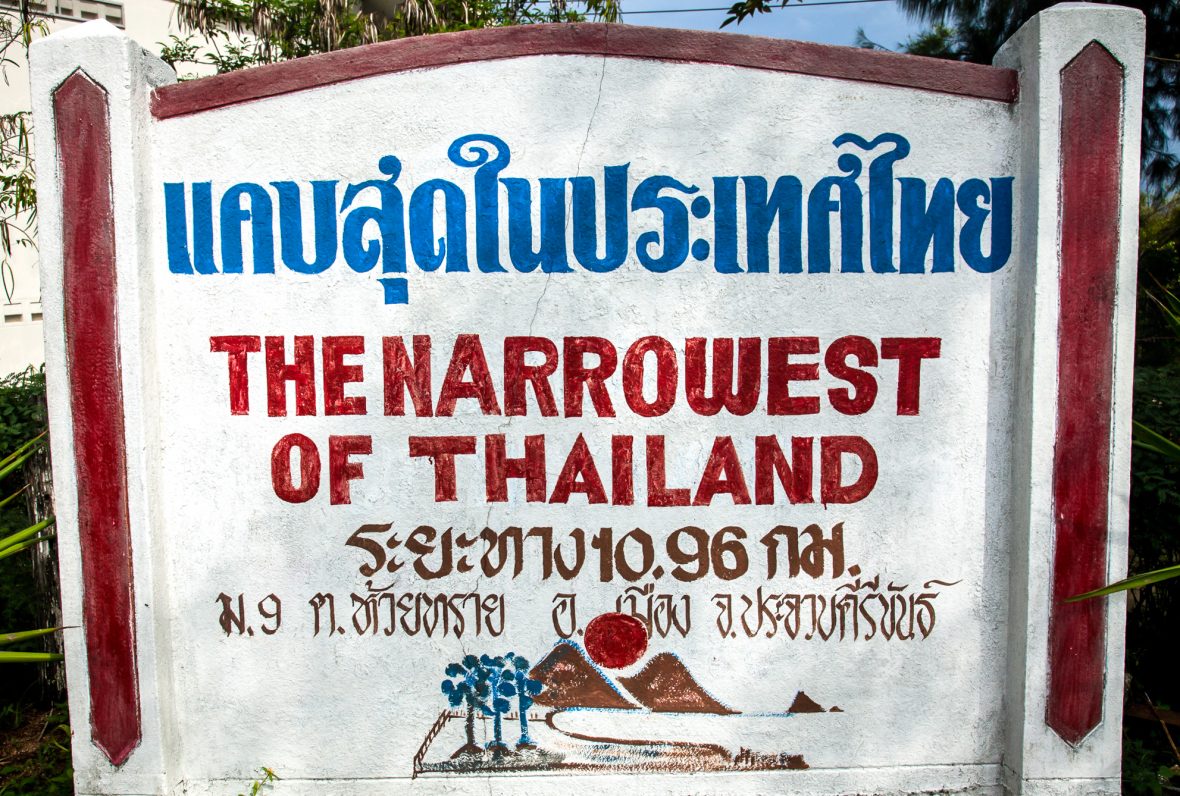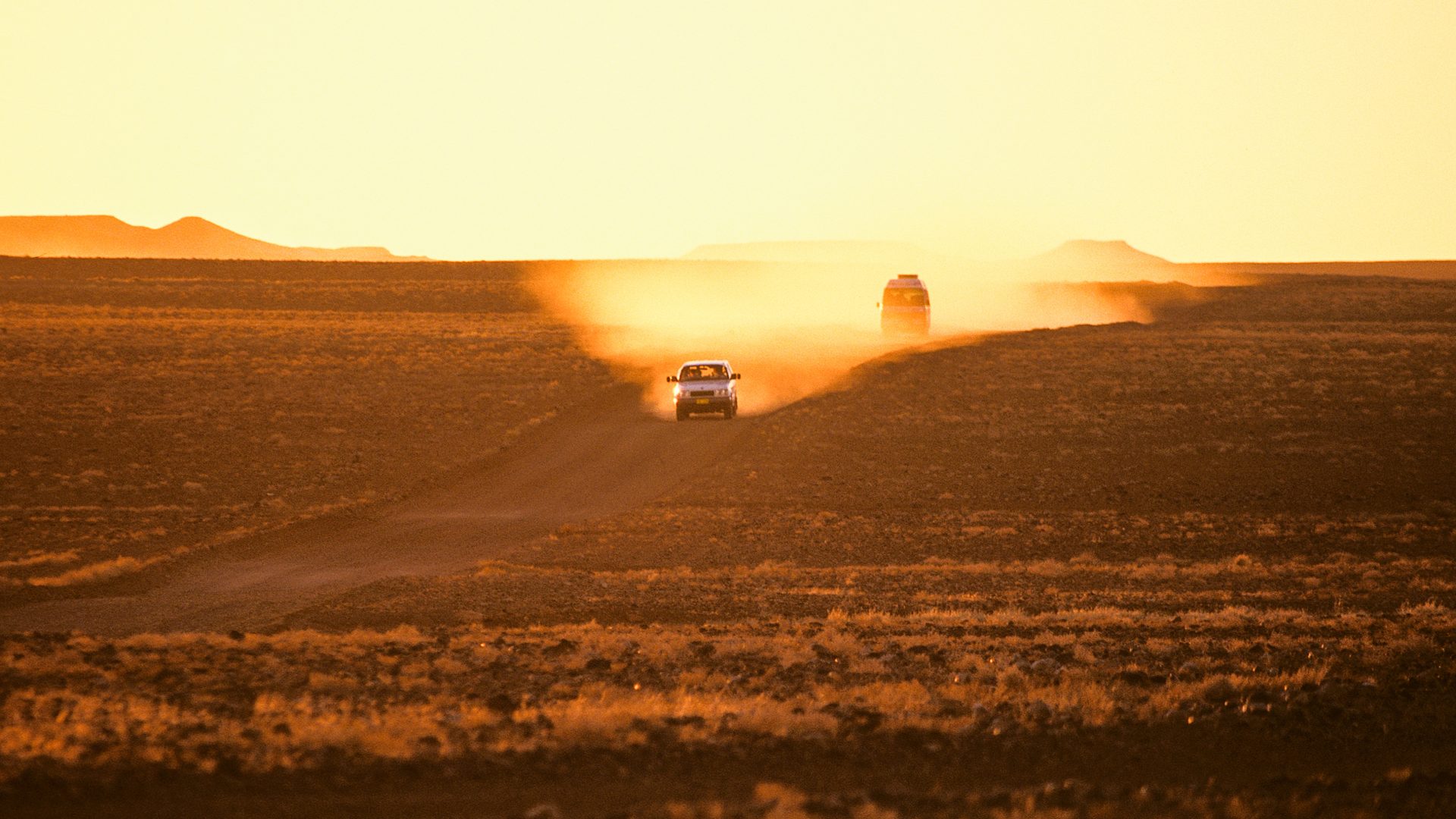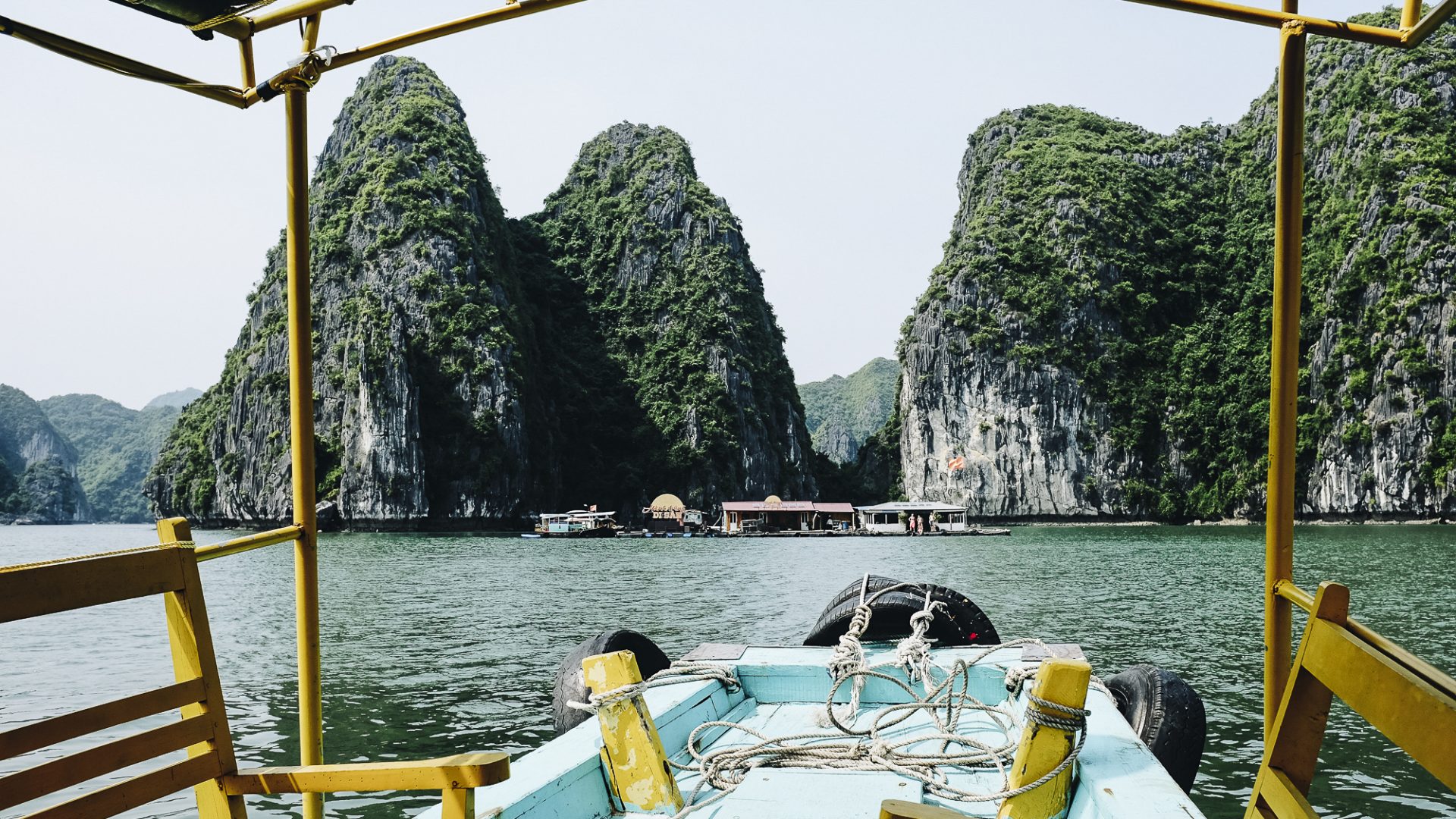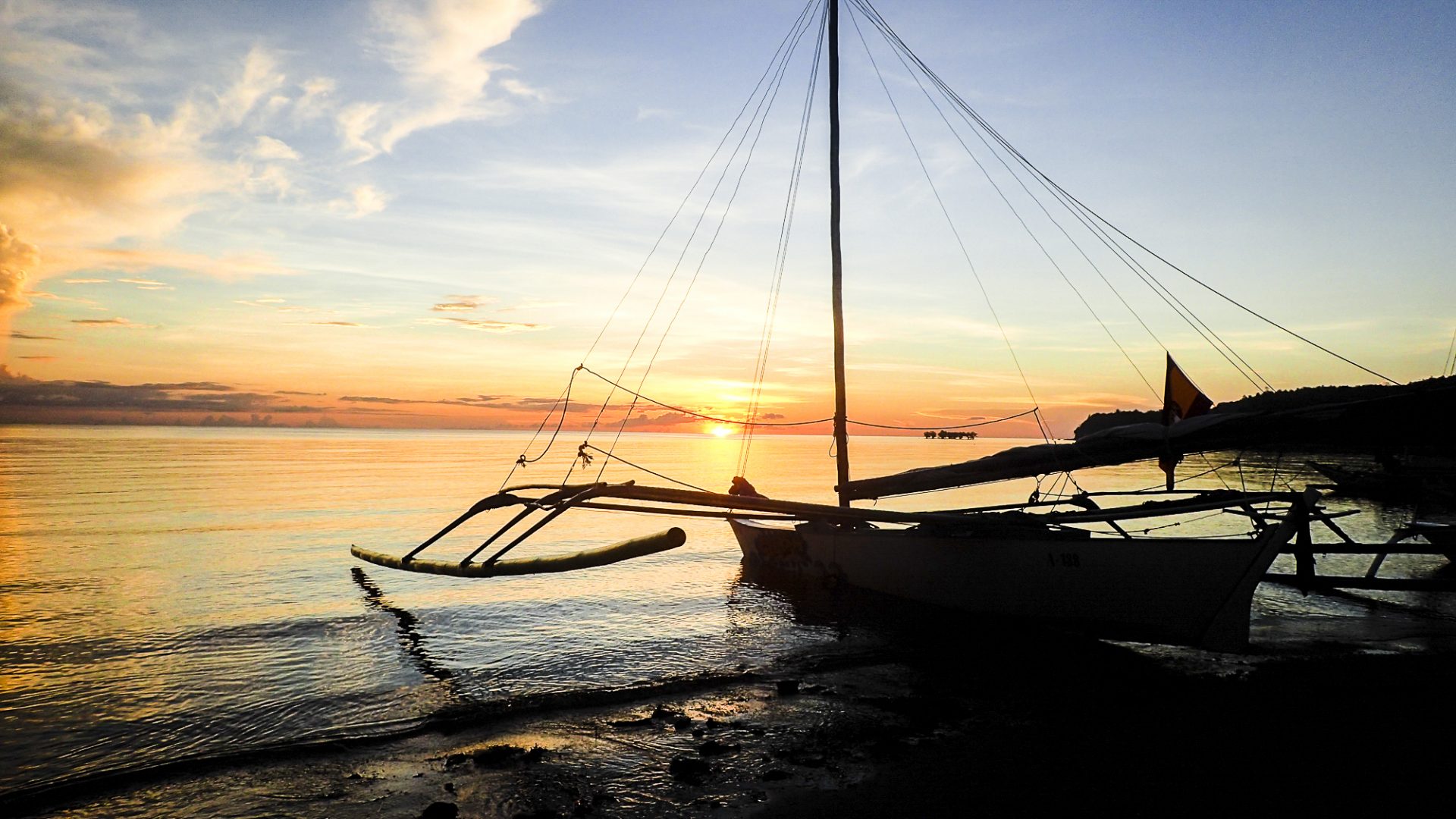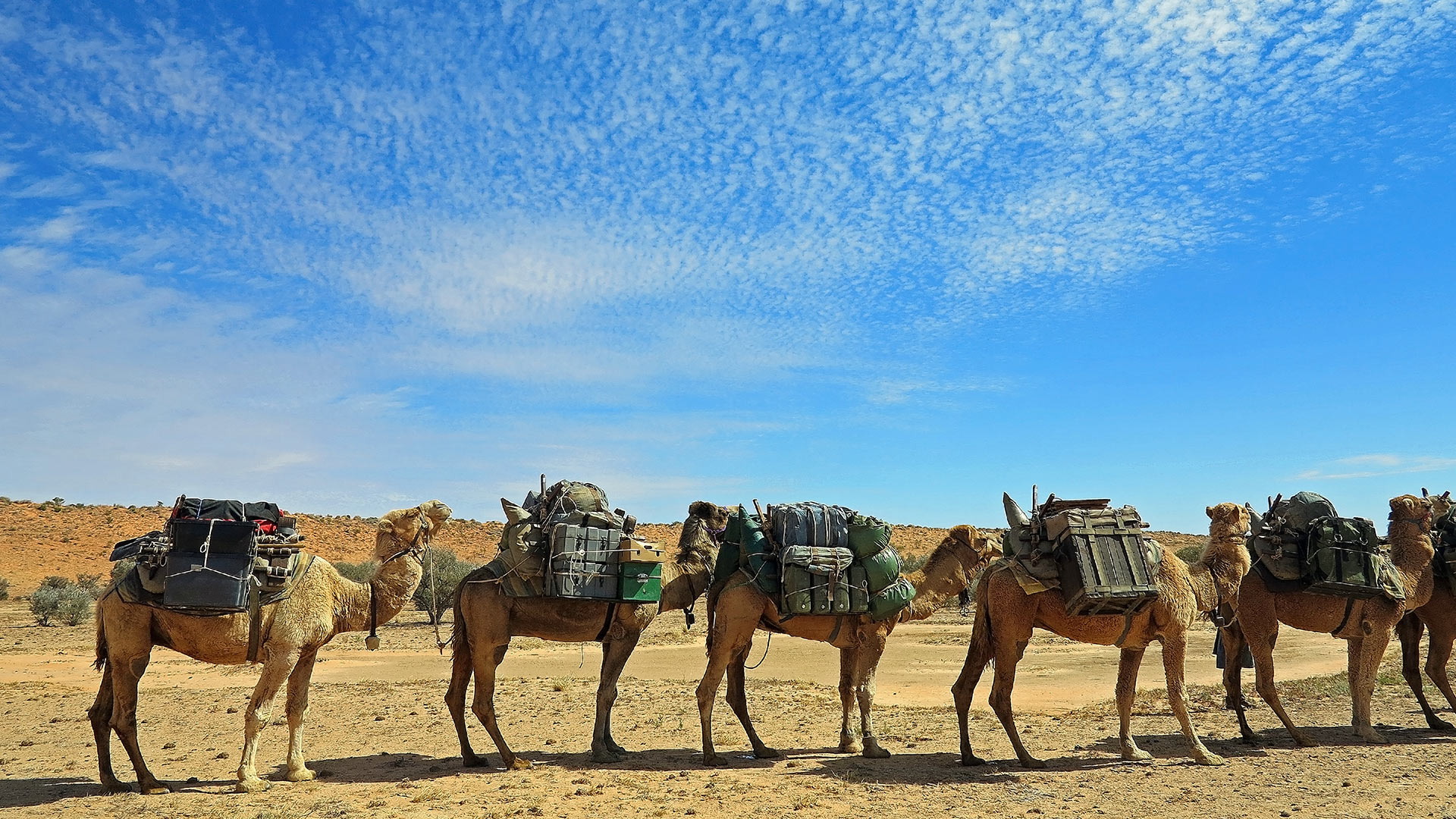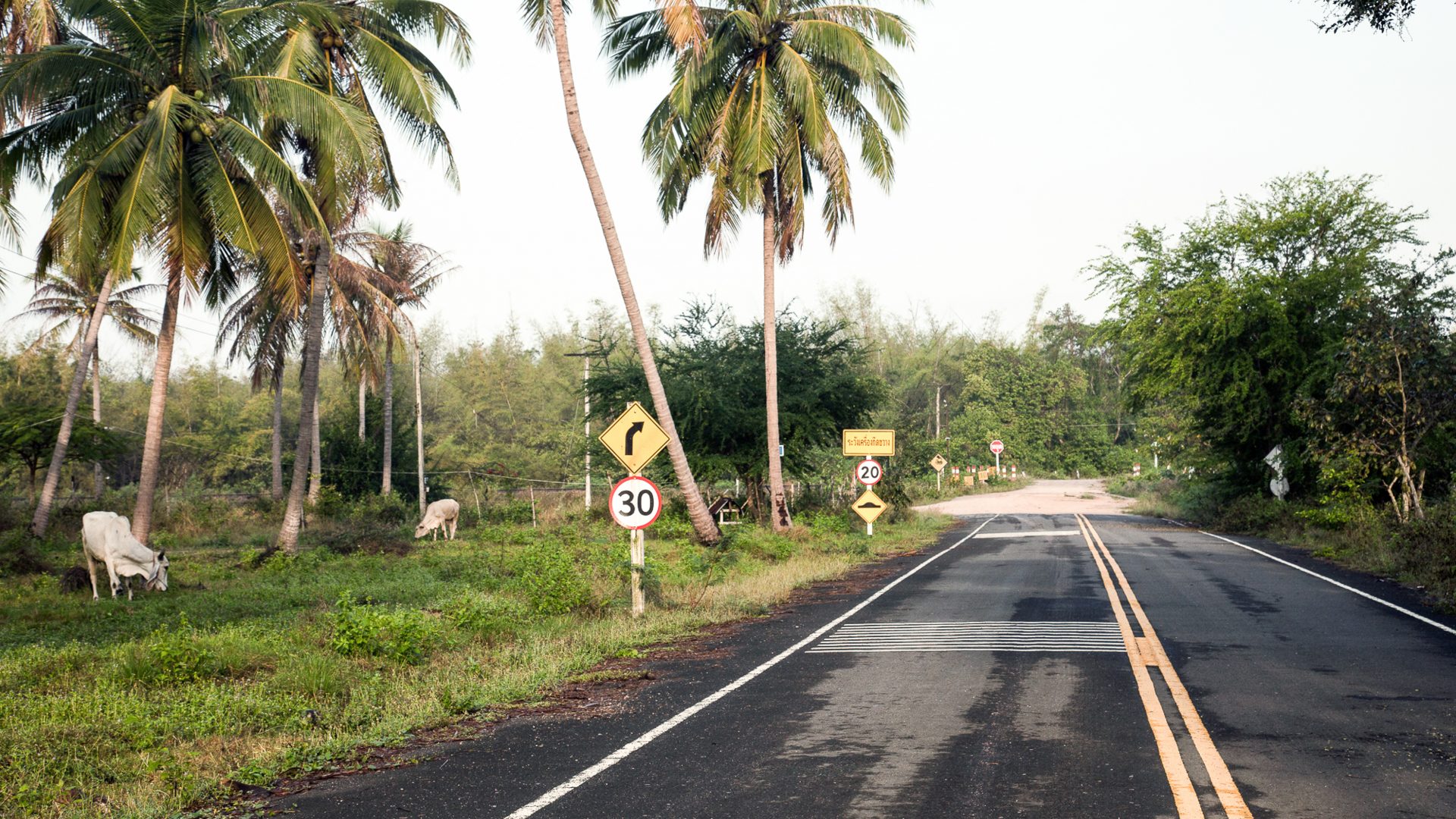
Award-winning Australian travel writer John Borthwick doesn’t like to do things the easy way—there are no good stories to be found there. That’s why he decided to walk across Thailand in a half a day.
Ever since (and probably before) Paul Theroux went far and did very well with his tales of railway rattling around the world, travel writers have been concocting increasingly complex, challenging or plain bizarre journeys as grist for their creative mills and sales.
Related: The circumference of my knowable world: An Australian hitchhiking odyssey
Looking for a novel writing project but not being of great ambition, I sought a journey that might fit the ‘stunt travel’ scenario, yet preferably with minimal effort required. I decided I would walk across a country. In one day. No, not Monaco, Andorra or Liechtenstein. A ‘serious’, relatively large country—Thailand.
“You’re going to walk across the country in a day?” asked my expat friends, incredulously.
“Half a day, actually.”
